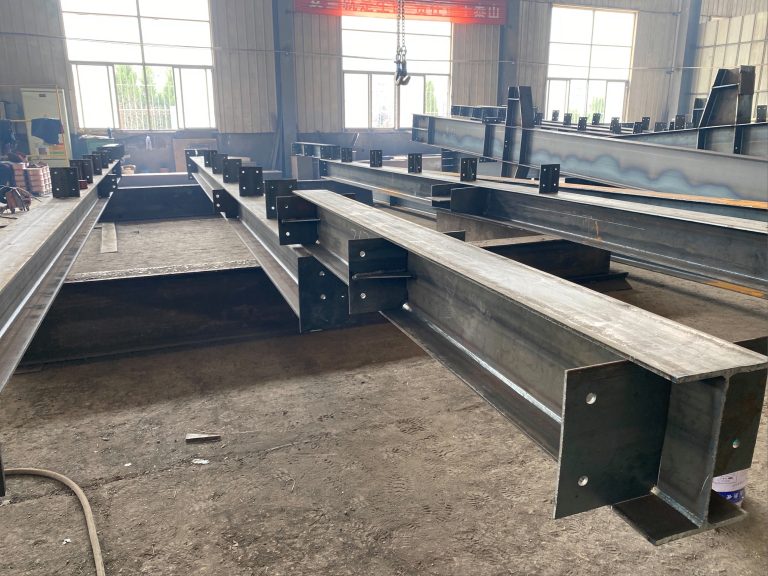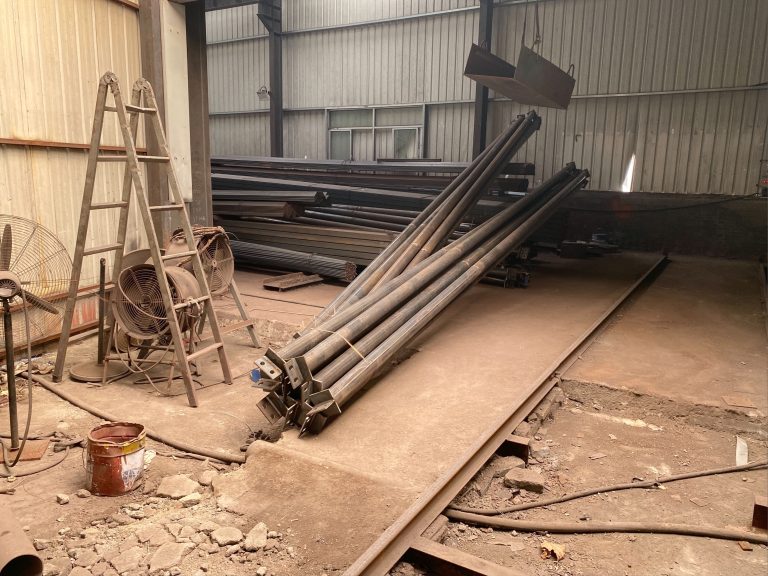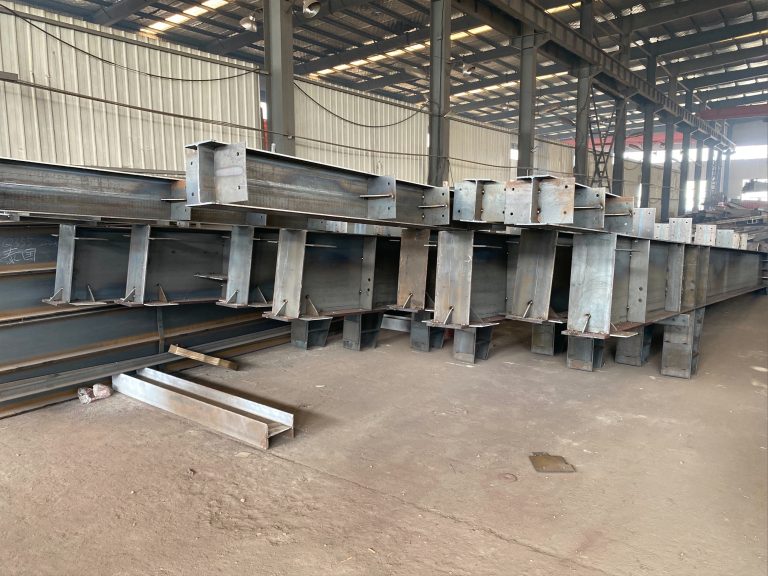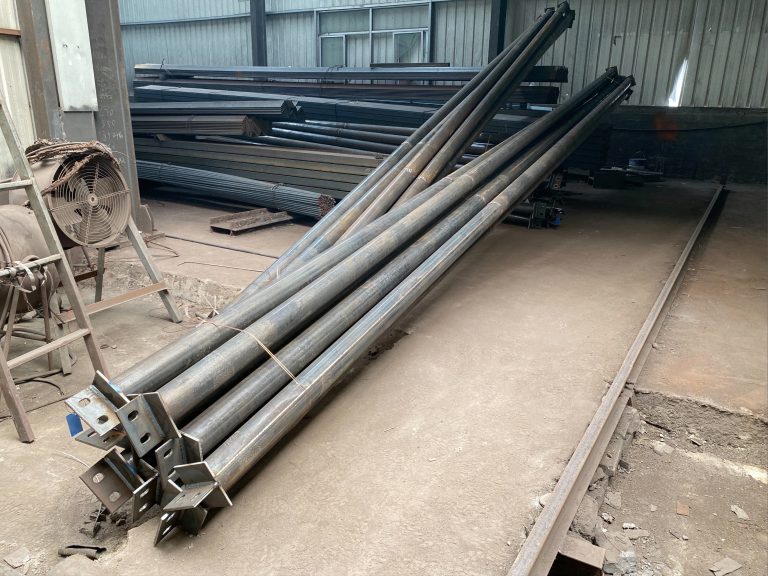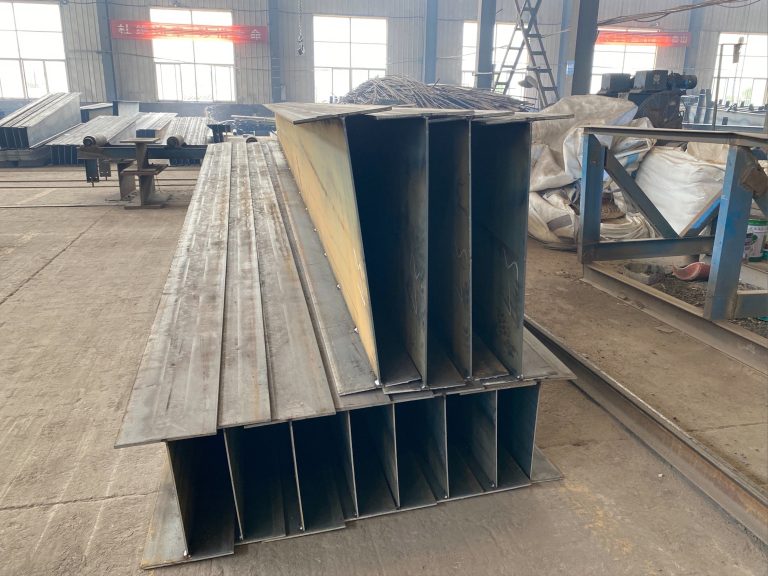Automation and intelligent innovation of intelligent welding technology of steel structure
Inhoudsopgave
Advantages of Implementing Automation in Steel Structure Welding
Automation has become an integral part of various industries, including the steel structure welding sector. The implementation of automation in welding processes has revolutionized the way steel structures are fabricated, offering numerous advantages that have significantly improved efficiency, accuracy, and overall productivity.
One of the key advantages of implementing automation in steel structure welding is the increased precision and consistency it offers. Automated welding systems are programmed to follow precise parameters, ensuring that each weld is executed with the same level of accuracy every time. This consistency not only results in higher quality welds but also reduces the likelihood of defects or errors in the finished product.
In addition to precision, automation also enhances the speed of the welding process. Automated systems can work continuously without the need for breaks, resulting in faster production times and increased output. This increased efficiency allows manufacturers to meet tight deadlines and fulfill large orders in a shorter amount of time, ultimately improving overall productivity.
Furthermore, automation in steel structure welding helps to improve worker safety by reducing the need for manual labor in hazardous environments. By utilizing robotic welding systems, workers can be removed from potentially dangerous situations, such as working at heights or in confined spaces, minimizing the risk of injuries and accidents. This not only protects the well-being of employees but also reduces the likelihood of costly downtime due to workplace incidents.
Another advantage of implementing automation in steel structure welding is the ability to optimize material usage. Automated systems are designed to minimize waste by precisely controlling the amount of material used in each weld. This not only reduces material costs but also contributes to a more sustainable and environmentally friendly manufacturing process.
Moreover, automation allows for greater flexibility in welding operations. Automated systems can be easily reprogrammed to accommodate changes in design or production requirements, making it easier to adapt to evolving market demands. This flexibility enables manufacturers to quickly adjust their processes and respond to customer needs, ultimately improving their competitiveness in the industry.
Overall, the advantages of implementing automation in steel structure welding are clear. From increased precision and consistency to improved speed and efficiency, automation offers numerous benefits that can significantly enhance the quality and productivity of welding operations. By embracing intelligent innovation in welding technology, manufacturers can stay ahead of the curve and continue to drive progress in the steel structure industry.
Future Trends in Intelligent Welding Technology for Steel Structures
Automation and intelligent innovation are revolutionizing the welding industry, particularly in the realm of steel structure fabrication. As technology continues to advance, the demand for more efficient and precise welding processes has grown exponentially. Intelligent welding technology is at the forefront of this evolution, offering a range of benefits that are reshaping the way steel structures are constructed.
One of the key advantages of intelligent welding technology is its ability to automate the welding process. By utilizing advanced robotics and artificial intelligence, manufacturers can achieve higher levels of accuracy and consistency in their welds. This not only improves the overall quality of the finished product but also reduces the risk of human error, resulting in safer and more reliable structures.
In addition to automation, intelligent welding technology also offers enhanced monitoring and control capabilities. Sensors and cameras can be integrated into the welding equipment to provide real-time feedback on the welding process, allowing operators to make adjustments as needed. This level of precision ensures that each weld meets the required specifications, leading to stronger and more durable steel structures.
Furthermore, intelligent welding technology is paving the way for new innovations in the field. For example, machine learning algorithms can analyze data from past welding projects to optimize future welds. This predictive maintenance approach helps to prevent equipment failures and minimize downtime, ultimately increasing productivity and reducing costs.
Another exciting development in intelligent welding technology is the use of augmented reality (AR) and virtual reality (VR) systems. These technologies allow operators to visualize the welding process in a virtual environment, providing valuable insights and training opportunities. By simulating different welding scenarios, operators can improve their skills and efficiency, leading to better overall performance.
As the demand for steel structures continues to grow, the need for intelligent welding technology will only increase. Manufacturers are constantly seeking ways to improve efficiency and quality while reducing costs, and intelligent welding technology offers a solution to these challenges. By embracing automation and innovation, companies can stay ahead of the curve and remain competitive in the market.
Looking ahead, the future of intelligent welding technology for steel structures is bright. Advancements in robotics, artificial intelligence, and data analytics will continue to drive innovation in the industry. As technology becomes more sophisticated, we can expect to see even greater levels of automation and precision in the welding process.

In conclusion, automation and intelligent innovation are transforming the welding industry, particularly in the realm of steel structure fabrication. Intelligent welding technology offers a range of benefits, including automation, enhanced monitoring and control capabilities, and new innovations in the field. As technology continues to advance, the future of intelligent welding technology for steel structures looks promising, with exciting developments on the horizon.

